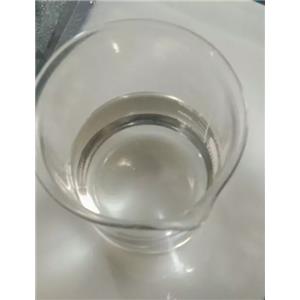
Formic acid NEW
| Price | Get Latest Price |
| Package | 25kg |
| Min. Order: | 1kg |
| Supply Ability: | 2000ton |
| Update Time: | 2024-04-12 |
Product Details
| Product Name: Formic acid | CAS No.: 64-18-6 |
| EC-No.: 200-579-1 | Min. Order: 1kg |
| Purity: 99% | Supply Ability: 2000ton |
| Release date: 2024/04/12 | |
| Appearance: Liquid |
Formic acid is one of the basic organic chemical raw materials, widely used in pesticides, leather, textile, printing and dyeing, medicine and rubber industry, etc., can also produce a variety of solvents, plasticizers, rubber coagulants, animal feed additives and new processes to synthesize insulin. In China's formic acid consumption, the pharmaceutical industry accounts for about 45%, the chemical industry accounts for about 30%, and other sectors such as light industry and textiles account for about 25%. Formic acid is one of the most important export chemical products in China. At present, sodium formate method is used to produce formic acid in our country. Formic acid is commonly used as a substitute for cheap, volatile and less corrosive inorganic acids and is widely used in light industry. In the textile and printing industry, formic acid is used as a gas agent to eliminate nitrite produced by the sodium nitrite method of Indycoxine, weak acid dyes and neutral complexing dyes dyeing AIDS, reactive dyes dyeing nylon dyeing aid. Formic acid will not remain on the fabric during the printing and dyeing process, and it is more acidic than acetic acid, which can reduce hexamedium chromium, so it can improve the utilization rate of dye in the process of chromium mordant dyeing. Using formic acid instead of sulfuric acid can avoid cellulose degradation, and the acidity is moderate, and the dyeing is uniform, so it is an excellent dyeing aid. Formic acid, as a substitute for inorganic acids, is used in tanned leather for decolorization, hair removal, neutralization of lime and prevention of mold in wet leather. The use of formic acid as coagulant can improve the quality of natural rubber, reduce the production cost, and can also be used for the regeneration of waste rubber. The use of formic acid as feed additive has great potential in silage. Formic acid has the function of inhibiting or preventing mold growth, can change the natural fermentation form of feed, and often add fatty acid to improve the anti-mold effect. Feeding the green feed treated with formic acid to cows can prevent the production of milk in winter, and the fattening effect is also significantly improved. In the food industry, formic acid is used for disinfection, antisepsis in the wine industry, as a cleaning disinfectant for cans, as a preservative for juices and food. A large number of derivatives of formic acid are intermediates in pharmaceuticals, pesticides, dyes, fragrances, solvents, and are used in the manufacture of bornol, aminopyrine, caffeine, vitamin B1, anemidine, chloramidine, pyranine, tricyclazole, dimethylformamide, etc. Formamide and formate substitutes in formic acid derivatives are used more in industry (see article for formamide derivatives). The esters of formic acid are widely used in the spice industry, such as: ethyl formate - peach, berry and other fruit flavors; Isoamyl formate - fruit essence, leather essence; Hexyl formate - apple essence; Heptyl formate - apricot, plum, peach fruit essence; N-decyl formate - orange flower essence and iris oil; Benzyl formate - jasmine and other fragrance for flowers and soap; Cinnamyl formate - plain and moon fragrance; Citronellyl formate -- used for rose, osmanthus, wild lily and other flavors; Eugenyl formate -- used for carnation essence, etc.; Geranyl formate - rose, orange flower, geranyl and other flavors; Linalyl formate -- lavender, bergamot and other flavors; Menthol formate -- cosmetics essence, perfume for spray; Phenyl ethyl formate - white rose, orchid, chrysanthemum and other flavors; Thyme formate - cosmetic spice.
Leather industry applications
(1) Formic acid is the most acidic of monocarboxylic acids, which has a looser effect on collagen fibers but is milder and more uniform than inorganic acids. The acid leaching used for fur processing has the characteristics of little damage to hair, soft action, fine and uniform fiber dispersion, soft and plump finished products. (2) In chrome tanning, formic acid can play a masking effect, and its masking effect is stronger than acetic acid. (3) Formic acid is a strong reducing agent and easy to decompose by oxidation. (4) Formic acid has the effect of promoting dyeing and fixing color on acid dyes, and can make the color of leather rich and brilliant. (5) Fur soaking additives, which can reduce the pH value of the soaking solution (5.0 ~ 5.5), promote fur water filling and expansion, and inhibit bacterial growth. Organic acid auxiliaries such as formic acid and acetic acid are also commonly used for fur with loose hair or that is not easily soaked in water. (6) can be used as an acid leaching material alone, or mixed with sulfuric acid for acid leaching. (7) The acid leaching material in the rapid plant tanning process can accelerate the penetration of the extract. (8) Preparation of sodium formate masking agent. The optimum ratio of sodium formate to chrome tanning is 1mol sodium formate to 1mol basic chromium sulfate. (9) One of the neutralizing agents. In the production of furniture leather, 1% ~ 2% sodium formate is added during neutralization, which is conducive to deeper neutralization and smooth grain surface. (10) Adjust the pH value of the dyeing bath and fix the color. (11) Add 1 ~ 2g/L formic acid in the last brush dyeing of leather. (12) Reduce the hardness of water: Adding 3.2mL50% formic acid to 100kg of water (relative density 1.121) can reduce the hardness by one degree. (13) The supplement in the production of recycled leather has the effect of promoting coagulation, and the dosage is less than 5% (concentration). (14) The bleaching effect of white leather billet is better than that of Habo and potassium permanganate, but inferior to oxalic acid.
Storage Condition | Keep in a cool and dry place |
Transportation | By Sea or by Air(DHL/UPS/TNT/FEDEX/EMS) |
Delivery Time | 7-28 days |
Payment | T/T, Western Union or Bitcoin |
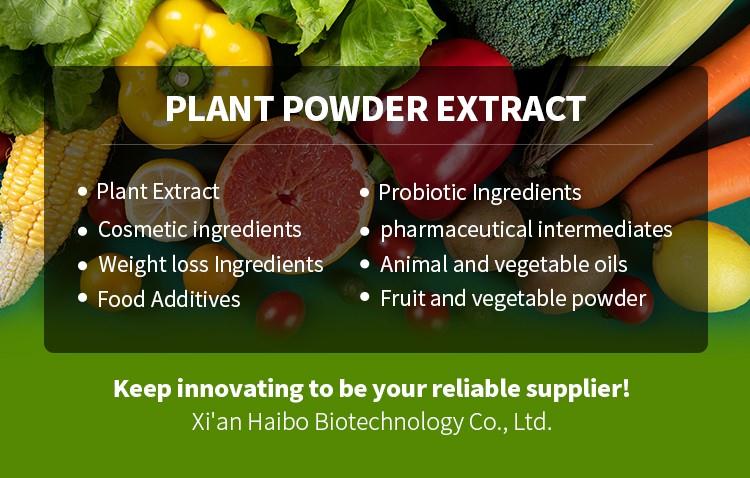
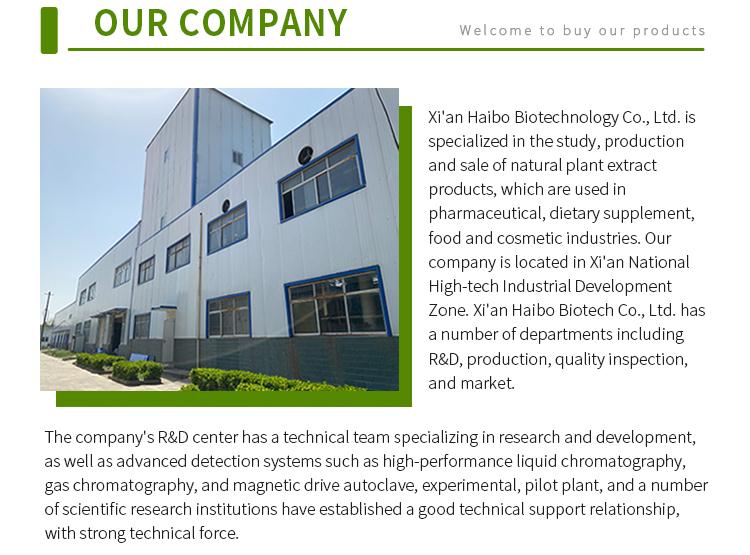

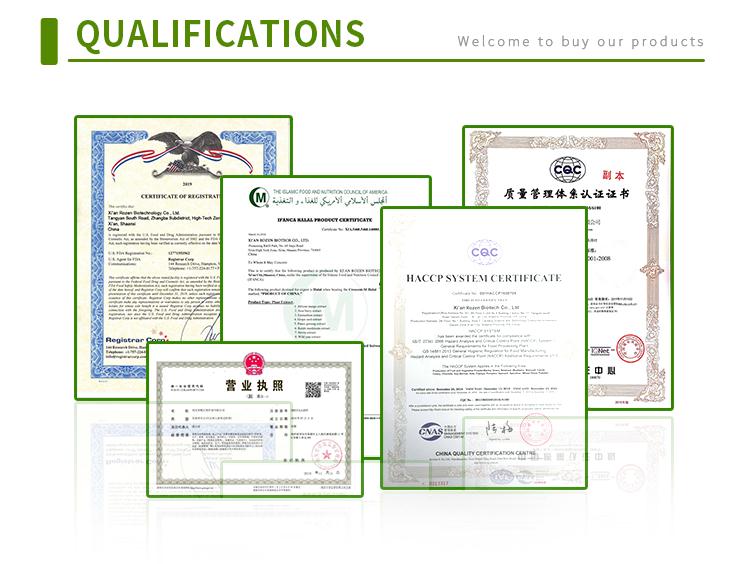
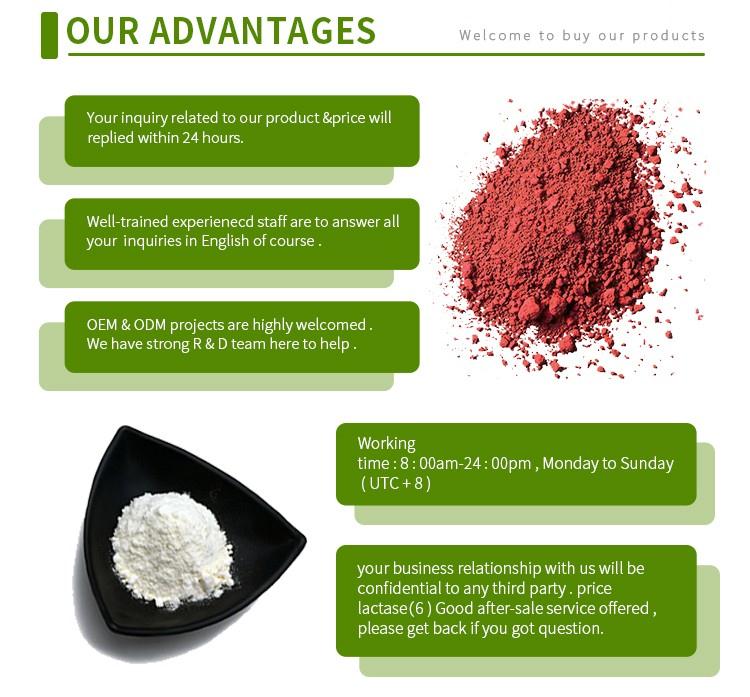

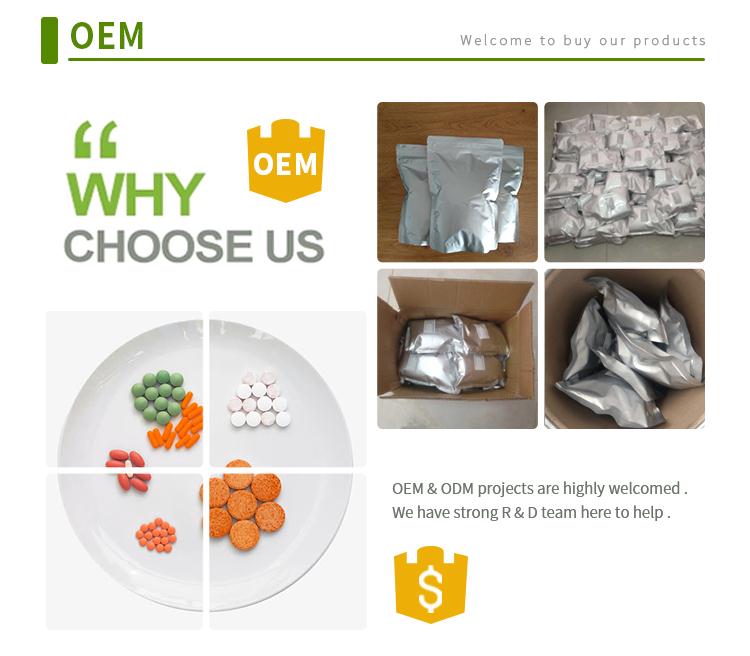
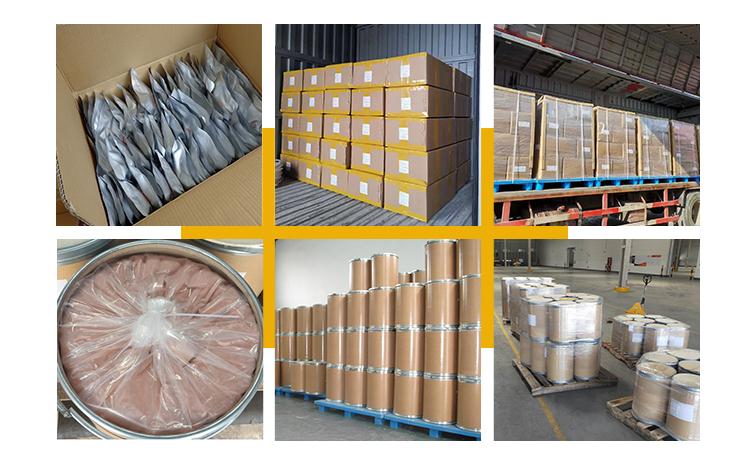
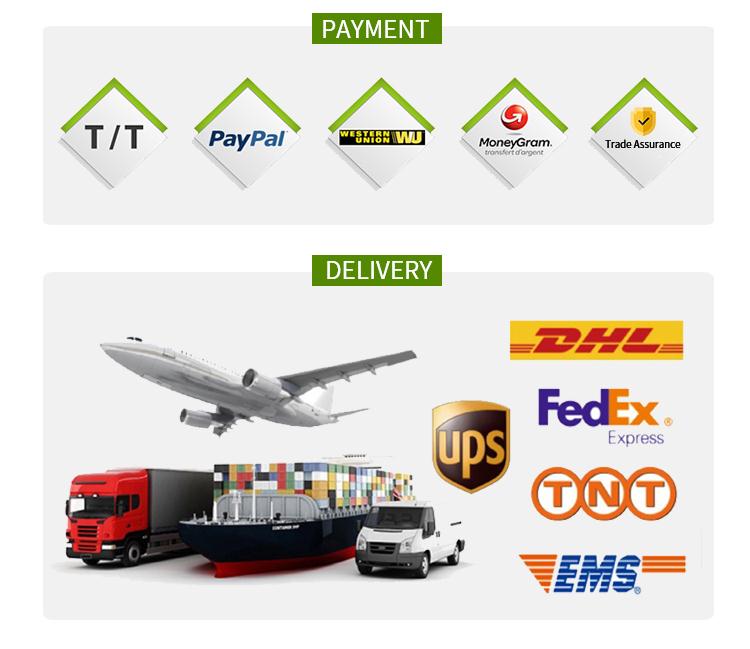

Company Profile Introduction
You may like
Recommended supplier
| Product name | Price | Suppliers | Update time | |
|---|---|---|---|---|
| $10.00/25kg |
VIP1Y
|
Wuxi High Mountain Hi-tech Development Co.,Ltd.
|
2024-12-11 | |
| $0.00/25KG |
VIP6Y
|
Hebei Weibang Biotechnology Co., Ltd
|
2024-11-13 | |
| $15.50/1KG |
VIP4Y
|
Hebei Chuanghai Biotechnology Co,.LTD
|
2024-08-21 | |
| $0.00/200kg |
VIP1Y
|
Qingdao RENAS Polymer Material Co., Ltd.
|
2024-07-02 | |
| $0.00/35KG |
VIP1Y
|
Hebei Youfeidi Trading Co., LTD
|
2024-06-11 | |
| $600.00/1T |
VIP1Y
|
Yujiang Chemical (Shandong) Co.,Ltd.
|
2024-05-07 | |
| $50.00/1KG |
VIP2Y
|
Henan Fengda Chemical Co., Ltd
|
2023-12-22 | |
| $90.00/1KG |
Anhui Yiao New Material Technology Co., Ltd
|
2023-11-02 | ||
| $45.00/1kg |
VIP2Y
|
Wuhan Quanjinci New Material Co.,Ltd.
|
2023-10-23 | |
| $10.00/1KG |
VIP5Y
|
Hebei Mojin Biotechnology Co., Ltd
|
2023-08-07 |
- Since: 2020-08-05
- Address: 804, Unit 2, Building 4, i City, No. 11, South Tangyan Road, High-tech Zone, Xi 'an, Shaanxi



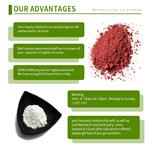

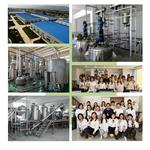
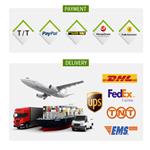
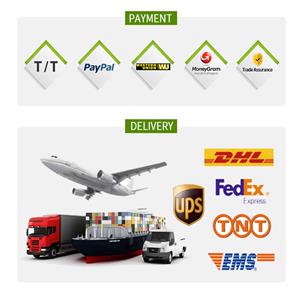



 China
China